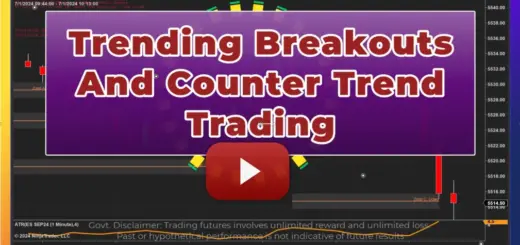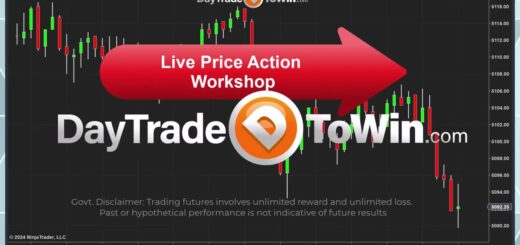Market Open vs. 30-Minute Wait: Evaluating Trade Performance and Strategies Using Autopilot
The AutoPilot automatic trading system is designed to streamline the trading process by automating trade execution and managing trailing stops. By leveraging the power of automation, traders can focus on market analysis and strategy development while the system takes care of trade execution. With flexible licensing options from DayTradeToWin, traders can harness the power of AutoPilot to improve their trading success.
Every trader has their preferred trading time, and the decision of when to enter the market can significantly impact the success of their trades. In this blog post, we will explore the differences between trading at market open and waiting for 30 minutes before entering the market. We will weigh the pros and cons of each approach and provide insights to help you determine which strategy best suits your trading style.
Market Open: The Early Bird Approach
Trading at market open can be an enticing option for many traders, as it allows them to capitalize on the initial flurry of activity and potentially capture significant price movements. This approach can be particularly effective for day traders and scalpers who aim to profit from short-term market fluctuations.
Pros:
- Volatility: The market open is often characterized by increased volatility, which can create substantial price movements and provide ample trading opportunities.
- Momentum: The opening bell often sets the tone for the day’s trading session, and traders can capitalize on the initial momentum to secure quick profits.
- News Impact: Market-moving news events are typically released before the market opens, and trading at the open allows traders to react quickly to these developments.
Cons:
- Increased Risk: The heightened volatility at market open can also increase the risk of significant losses, particularly for inexperienced traders.
- Slippage: The large volume of orders at market open can lead to slippage, resulting in trades being executed at less favorable prices.
- False Signals: The chaotic nature of the market open can generate false signals, making it challenging to identify genuine trading opportunities.
30-Minute Wait: The Patient Trader Approach
On the other hand, waiting for 30 minutes after the market opens can offer a more conservative approach to trading. This strategy allows traders to observe the initial market activity and make more informed decisions based on the developing trends and price patterns.
Pros:
- Reduced Risk: By waiting for the market to settle, traders can avoid the heightened risk associated with the increased volatility at market open.
- Clearer Signals: As the market stabilizes, price patterns and trends become more evident, making it easier for traders to identify genuine trading opportunities.
- Better Order Execution: With lower order volume and reduced volatility, traders may experience less slippage and more accurate order execution.
Cons:
- Missed Opportunities: Waiting for 30 minutes may cause traders to miss out on profitable opportunities that arise during the initial market activity.
- Lower Volatility: As the market stabilizes, price movements may become less pronounced, potentially reducing the potential for significant profits.
- Delayed Reaction to News: Traders who wait for 30 minutes may be at a disadvantage when reacting to market-moving news events, as other traders may have already capitalized on the information.
Choosing the Right Strategy for You
Both trading at market open and waiting for 30 minutes have their advantages and disadvantages, and the best approach largely depends on your individual trading style, risk tolerance, and experience level. If you thrive in high-volatility environments and can manage the associated risks, trading at market open may be suitable for you. However, if you prefer a more cautious approach and value the clarity provided by waiting for the market to settle, waiting for 30 minutes may be a better fit.
Ultimately, the key to success lies in understanding your strengths and limitations as a trader and selecting a strategy that aligns with your unique trading goals and preferences.




